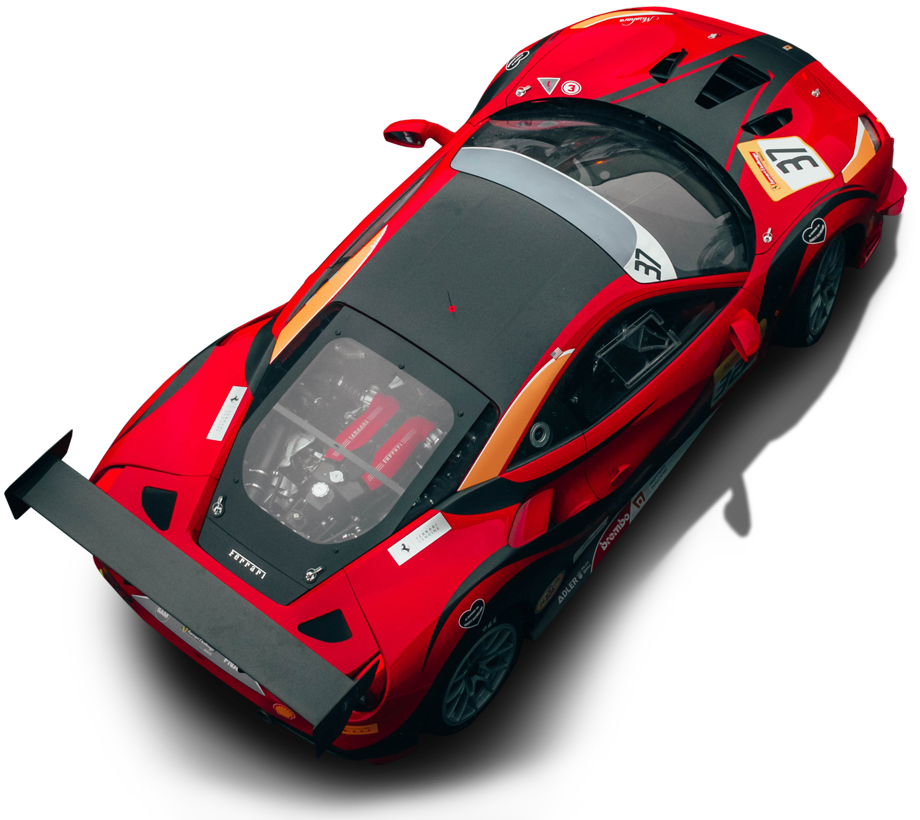Ferrari’s Formula One driver Kimi Raikkonen had to state over race radio “Leave me alone; I know what I’m doing.” A straightforward yet literal statement was letting the new crew chief know that Raikkonen was experienced and proficient in racecraft. It was direct and well-defined because the sharply honed and finely tuned race car driver is the result of countless hours spent practicing and building muscle memory. As you watch your next race, take note the next time you see a cockpit camera view as the driver runs the car through its paces. Every control input, small and precise, every gear shift or switch that is manipulated is done so with a skillful hand that has made that motion a thousand times before. Race car drivers don’t fumble around the cockpit looking for what they want because it’s already ingrained into their head. This results from disciplined practice and frees the driver up to focus on more important things, like driving the car in this relentless situation that some might say is a rather abusive environment.
The following accumulated bits of information are introduced to give you an idea of some of the driving techniques that the world’s best race car drivers use every time they get behind the wheel; some of them are rally techniques, some of them road racing techniques and some are just principles of driving that racing necessitates a fundamental understanding of.
Race fans please note: Although the content here outlines some ideas briefly, it is NOT a complete guide to performing any of these maneuvers. You are responsible for ensuring that you understand completely any high-performance racing technique before attempting it. You are also responsible for ensuring that anything you try is done so in a safe, controlled environment and in a law-abiding manner. It is not implied or recommended here that you attempt anything other than normal, legal driving on public roadways. Always put your safety and that of others at the top of your priority.



